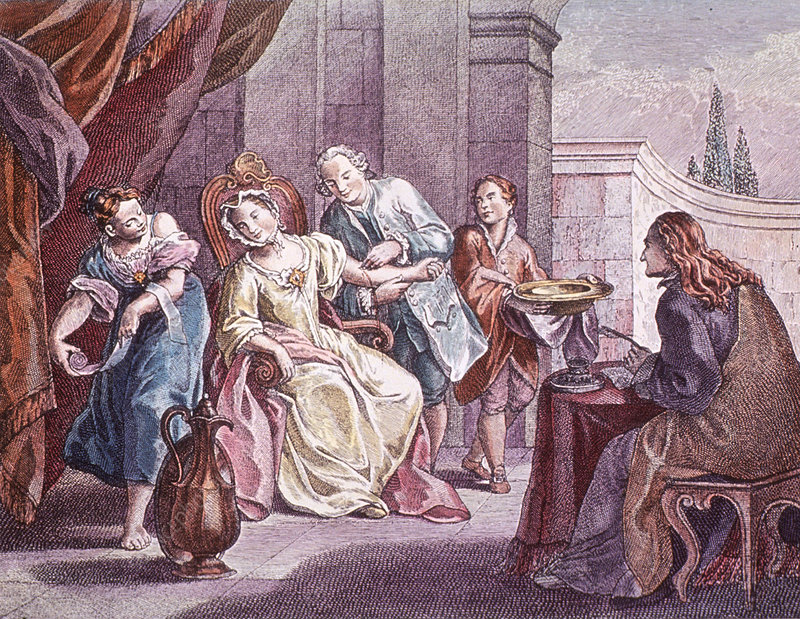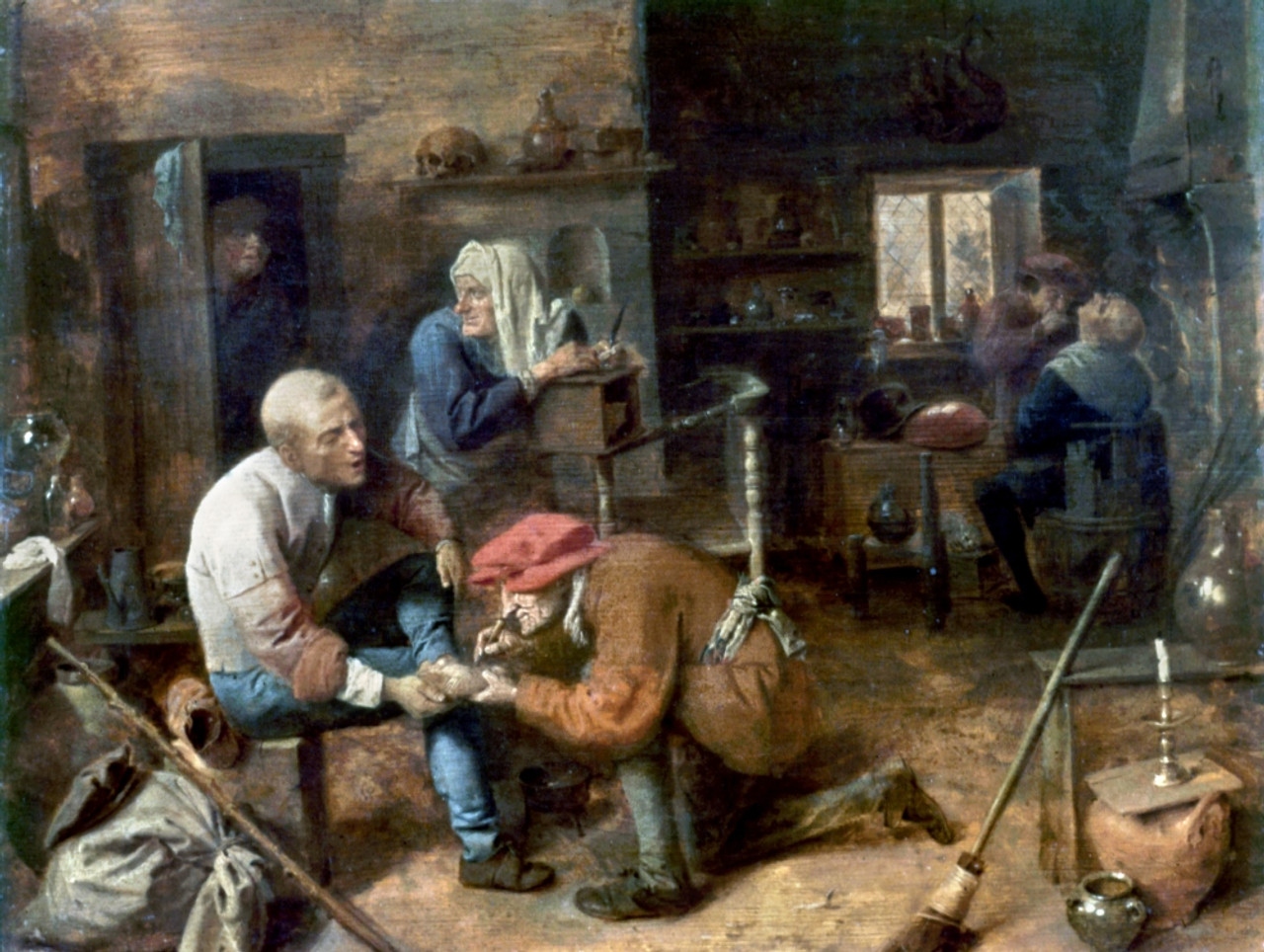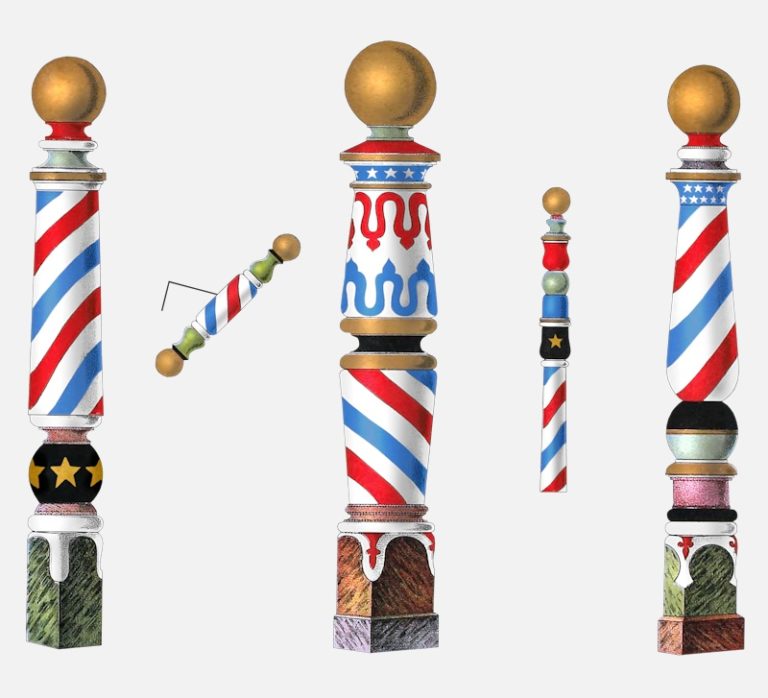Trivia 27 of 30
What do the red, white, and blue on barber poles represent?
In the past, barbers were more like surgeons than hair-dressers, offering a wide range of services in addition to shaves and haircuts. Up until the late 18th century, they offered abscess lancing, setting of bone fractures, lice removal, and even tooth extraction (huffingtonpost.co.uk).

A barber-surgeon opens a vein in a woman's arm, 13th century. Photo: sciencephoto.com
The barber pole, a common sight outside barbershops, is a legacy of this era (mentalfloss.com). Early physicians considered some surgeries to be beneath them, so the tasks of mending wounds, blood letting, and extracting teeth fell to barbers. For their dual roles of cutting hair and cutting veins, they were called barber-surgeons. The barber-surgeon’s equipment for bloodletting or applying leeches consisted of a staff, a basin, and a number of linen bandages. Often, the bandages were tied to or twisted around the staff, which was capped with the blood bowl, so everything was together when needed. The equipment would then be placed outside. The washed bandages could dry in the breeze and the whole thing acted as an advertisement. With the help of a bit of wind, the bandages would twist around the pole and create an unmistakable swirling red and white pattern (mentalfloss.com).

The Operation, by Adriaen Brouwer (1633), shows a barber-surgeon at work. Photo: wikimedia.org
Evolution of the modern barber pole
Over time, bloodletting fell out of practice, and the tools of the trade disappeared from barbers’ shops, as barbers started to concentrate on hair. To maintain tradition and advertise their services with a recognizable symbol, many barbers placed wooden poles outside their shops, which they painted with stripes and topped with a ball, to resemble the staff/bandage/basin arrangement. The red represented the blood, the white the bandages, and the blue the protruding veins. The modern barber pole was born. Some barbers stubbornly continued to practice medicine, leading England to pass legislation in 1745 to permanently separate barbers from surgeons (farmersalmanac.com).

Barber poles circa late 1800s. Photo: Tofujoe.com